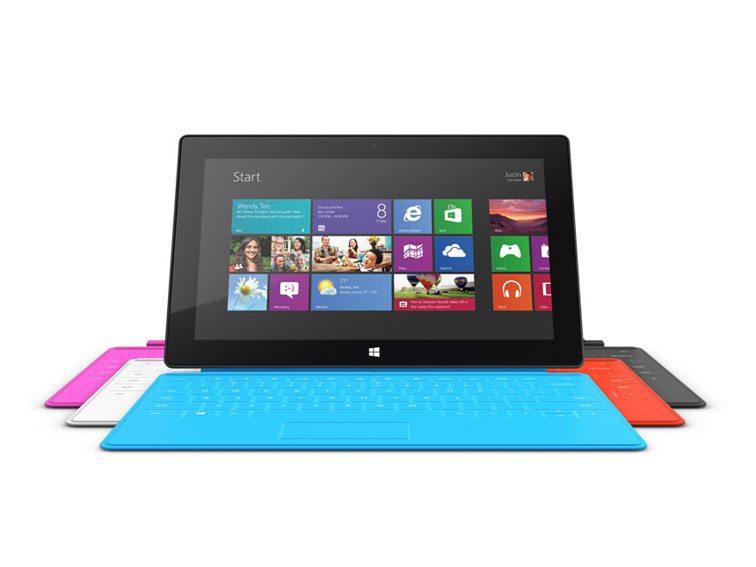 4 Key Strengths Of Tablets As Learning Tools
4 Key Strengths Of Tablets As Learning Tools
by Rose Cauilan
As the classroom quickly evolves into the 21st century, it should come as no surprise that portable devices are becoming an increasingly important part of a child’s education. Tips for teaching with tablets is something TeachThought has taken a look at before, and their momentum is only increasing.
Why? For starters, there are a number of benefits that this technology can offer–including the ability to mobilize learning, personalize curriculum, and provide transparency for all stakeholders in education.
Education is also hungry for change, another reality in favor of using tablets for learning. But using tablets and using them well are two different things. Making tablets more effective–in terms of understanding, rather than simple measures of “engagement,” or even multiple-choice based assessment results, will require playing to their strengths.
Which means it might help to identify a few of those strengths.
Strength #1: Mobile Learning
Mobile learning is simply the untethering of students from classrooms, allowing them to learn while embedded where the learning is. (Which is rarely in a desk, with a book, listening to a teacher.) This naturally promotes the practice of authentic learning, empower project-based learners, and supports place-based education as well. With a tablet, smartphone or other BYOT device, this is not only possible, but natural.
Strength #2: Personalized Learning
The incredible library of apps available for both iOS and Android devices (and, yes, Windows Surface tablets, too) are powerful distributors of content. No longer does learning have to come simply from books and direct instruction. It is now possible that they come from self-directed and mobile learning through a combination of media, from texts and videos, to social media streams, images, and more.
And with many apps increasingly benefiting from adaptive learning mechanisms of some sort, the ability for students to access the right content at the right time is more possible now than ever.
Strength #3: Transparency
Since so many apps have built-in social media potential, and students are increasingly able to mobilize and self-direct their own learning through the power of a tablet, transparency is a natural result. Data can be seen, shared, socialized, communally disaggregated, and communicated to a much more informed–and even more personal–audience through tablets and BYOT approaches to learning technology.
And with that added transparency comes the sharing of the burden–and opportunity–of teaching students across an impressively wide and capable audience, rather than individual, overworked teachers struggling to do the same for 130 other students.
Strength #4: Engagement & Collaboration
Kids need to be actively engaged, something tablets and their native apps can address. Not only are these handy devices visually stimulating, but teachers can link these pads together so that children can coordinate their efforts and solve problems together. While receiving a smiley sticker on a well-done math exam is pleasant, the highly advanced programs that tablets offer can truly take these rewards to the next level. Simply stated, these mobile devices for learning can truly make a profound difference.
To provide an example, a recent study published by CNN found that children who use these devices were no less than twenty percent more likely to be rated at “proficient” or “advanced” levels of learning after interacting with these gadgets for a few months.
Any of us who may have been bored stiff in the classroom can attest to how important it is for a teacher to interact with his or her students. The great thing about mobile notepads is that they are some of the most visually engaging teaching tools available. They offer stimulating graphics, interesting programs and most of all, the students can truly get a “hands on” feel for realism that can hardly be matched in a textbook alone.
It will be interesting to see what the future holds in education, but we can be certain that these unique devices will play an important role in shaping and molding young minds. Understandably, many teachers are seeking to slowly integrate mobile technology into their classrooms, but these devices have become commonplace in virtually every aspect of our daily lives.
To have education startlingly different doesn’t make sense.
This is a guest post brought to you in collaboration with one of our partners; 4 Key Strengths Of Tablets As Learning Tools